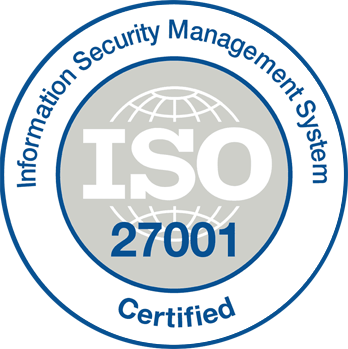Streamline Software development process is creating and maintaining software applications, systems, and programs. Efficient software development is essential for businesses to stay competitive and meet customer demands. The purpose of this article is to provide insights into streamlining software development processes to optimize productivity, reduce costs, and increase efficiency. By implementing the strategies and best practices outlined in this article, organizations can overcome common challenges and achieve more effective software development.
Assessing the current software development process
Assessing the current software development process is crucial to identify areas for improvement. This involves identifying bottlenecks in the development process that can cause delays or errors. Evaluating team dynamics and communication is also important to ensure effective collaboration and clear communication among team members. Analyzing current tools and technologies can help determine whether they are meeting the needs of the project or if new tools and technologies should be considered to improve efficiency and productivity. This assessment provides a foundation for implementing effective strategies for streamlining software development.
Streamlining software development
There are several effective strategies for streamlining software development processes. Adopting an agile development approach enables teams to be flexible, adaptive, and responsive to change, resulting in faster delivery times and higher-quality software. Automated testing and continuous integration can help catch errors early, reduce rework, and improve overall quality. Implementing DevOps principles fosters collaboration between development and operations teams, enabling faster releases and improved software performance. Investing in employee training and professional development promotes skill development and innovation. Leveraging cloud infrastructure and services can reduce costs and improve scalability. These strategies can help organizations achieve more efficient and effective software development.

Best practices for efficient software development
To achieve efficient software development, organizations should follow several best practices. Establishing clear project goals and timelines helps ensure that everyone involved in the project is aligned and working towards the same objectives. Prioritizing tasks and breaking them into manageable chunks helps improve productivity and reduce the likelihood of delays or errors. Regular and transparent communication with stakeholders helps manage expectations and provide updates on project progress. Encouraging collaboration and knowledge sharing among team members fosters innovation and creates a more productive working environment. Continuously evaluating and improving the development process helps teams identify areas for improvement and optimize efficiency.
Challenges to streamlining software development
Streamlining software development is not without its challenges. Resistance to change is a common issue when implementing new processes or tools. Technical limitations and constraints can also pose obstacles to optimization efforts. Lack of resources and budget constraints may limit access to essential tools or talent, and retaining skilled developers is becoming increasingly difficult in a competitive job market. Addressing these challenges requires a commitment to continuous improvement and the development of creative solutions to overcome constraints.
Pros
- Increased efficiency
- Cost savings
- Better communication
- Increased innovation
Cons
- Resistance to change
- Technical limitations
- Chances of errors
Conclusion
In order to streamline the software development process, it is essential for organizations to stay competitive, meet customer demands, and optimize productivity. Adopting an agile development approach, using automated testing and continuous integration, implementing DevOps principles, and investing in employee training are all effective strategies for streamlining the development process.
Best practices include establishing clear project goals, prioritizing tasks, promoting collaboration, and continuously evaluating and improving the development process. While there may be challenges to optimizing development processes, the benefits of doing so outweigh the risks. Organizations should prioritize the software development process to achieve their goals and stay ahead in today’s market.
Frequently Asked Questions
Software development is the process of creating and maintaining software applications, systems, and programs.
Streamlining software development can optimize productivity, reduce costs, increase efficiency, and improve software quality.
Strategies for streamlining software development include adopting an agile development approach, using automated testing and continuous integration.
Best practices for efficient software development include establishing clear project goals and timelines, prioritizing tasks, and breaking them into manageable chunks.









